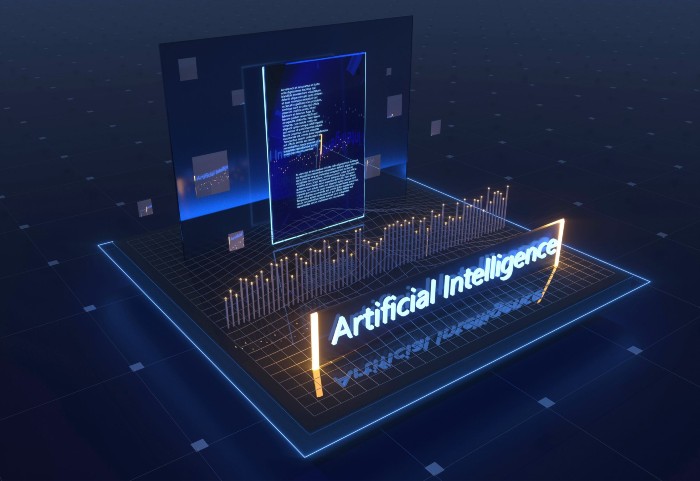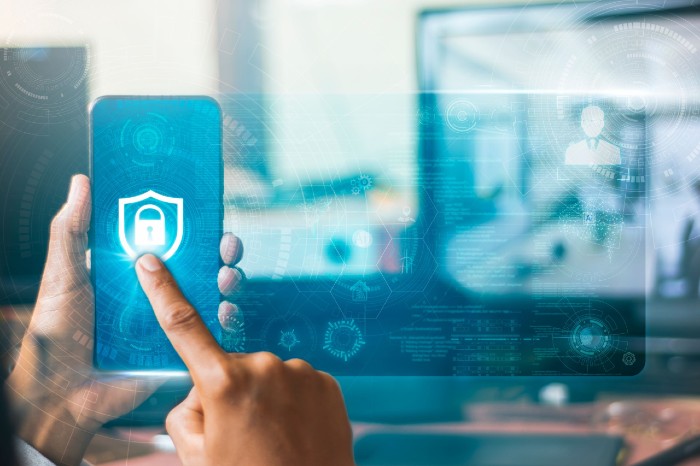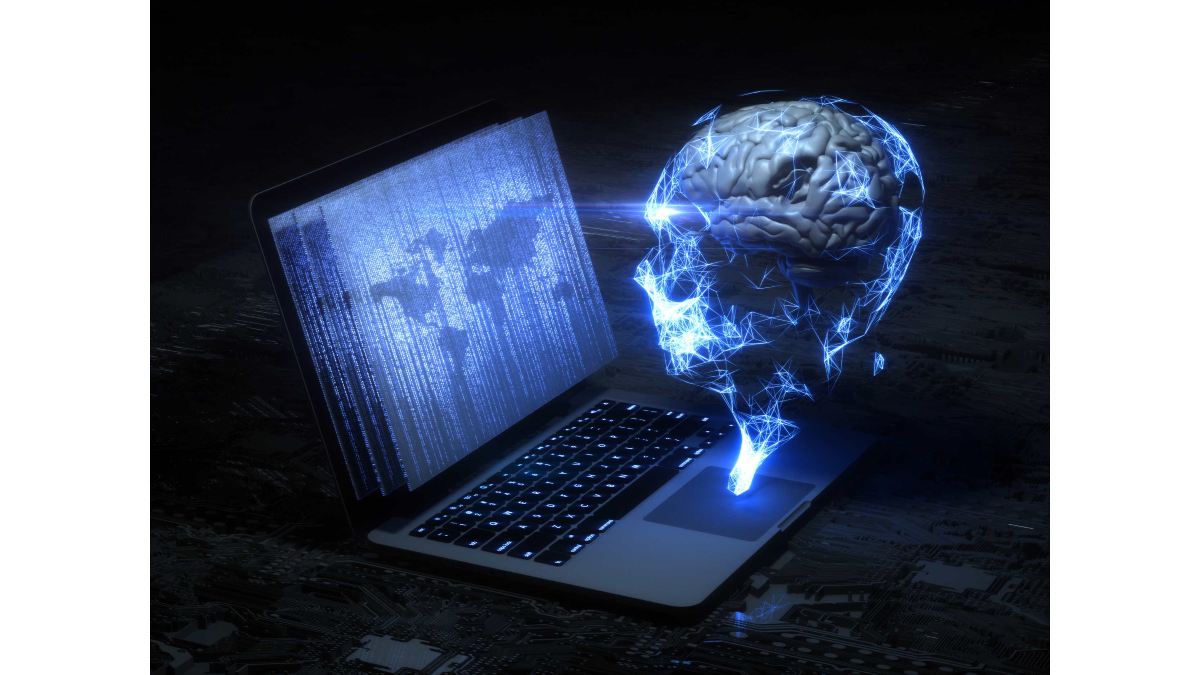AI has the potential to strengthen our cyber security and protect our systems in an increasingly digitized world.
By Gigi Agassini, CPP*
In this complex, accelerated and changing world, the digital era in which we live plays a very relevant role and this only increases, but unfortunately along with it also cyber attacks continue to represent a great and constant threat to individuals, companies and even nations, and where cybercriminals are also in a growing evolution, which has pushed us and continues to lead us to have or consider more advanced security measures.
Due to the constant increase of much more sophisticated cyber threats, unfortunately traditional security systems are no longer sufficient to manage these risks. In this sense, Artificial Intelligence (AI) has evolved the way we face cybersecurity challenges and become an essential tool in the prevention of attack vectors.
It is true that there are contrasts in relation to the use of artificial intelligence, however, we cannot live in an alternative world where it is stigmatized as the greatest danger of humanity, since like any technological tool it has areas of opportunity that must be improved and limited for its proper use.
What is true is that the adoption and use of artificial intelligence in various industry sectors has supported tasks and processes, allowing decision-making in information analysis and a number of applications that artificial intelligence has, so cybersecurity is no stranger to the use of tools for the prevention of cyberattacks.
Despite the multiple efforts of public and private institutions to improve cybersecurity and threats such as ransomware, fakenews, malware, to name a few, still continue to considerably affect modern, non-modern infrastructures and daily operations, so some organizations are adopting Cyber Threat Intelligence (CTI), which in essence is a data-driven process that aims to identify emerging threats and key players. of threats to effectively help cybersecurity decision making, according to the IEEE in its volume 19, "Transactions on Dependable and Secure Computing", where they also refer to the fact that CTI processes follow a life cycle of 4 phases:
Phase 1. Intelligence planning and strategy
Phase 2. Data collection and aggregation
Phase 3. Threat Analysis
Phase 4. Operational Intelligence
Some organizations are beginning to adopt artificial intelligence (AI)-enabled techniques to improve existing STI practices. However, many modern analytical procedures enabled for AI, in particular those based on deep learning (DL, Deep Learning) may seem like black boxes due to the different mathematical models with which they are developed, which leads to certain challenges such as bias, adoption, among others.

AI prevention tools
There are several AI tools for the prevention of cyberattacks that work by using machine learning algorithms and advanced data analysis techniques. AI tools collect and analyze a wide variety of data, such as network event logs, application logs, server logs, endpoint data, and more. They can also use external sources of information, such as threat intelligence feeds and databases of known malware.
These tools can process large amounts of information and detect patterns, anomalies and suspicious behavior in real time. These AI tools can be powerful in detecting and preventing cyberattacks and have several uses:
Early anomaly detection: One of the main uses of AI in cyberattack prevention is early anomaly detection. Machine learning algorithms can analyze large volumes of data in real time and detect unusual patterns or suspicious behavior. This capability makes it possible to identify attacks in their early stages and take preventive measures before they cause significant damage.
Behavioral analysis: AI is also used to analyze the behavior of users and systems for possible signs of a cyberattack. Machine learning algorithms can learn typical patterns of behavior and alert when they deviate from normal. This helps identify malicious activity, such as intrusion attempts or unauthorized access, and block them before damage occurs.
Improving password security: Password strength is crucial to preventing cyber attacks. AI can help improve password security by automatically generating complex and unique passwords for each user. In addition, machine learning algorithms can detect common patterns in password usage and alert users to weak or compromised passwords.
Phishing protection: Phishing is a technique commonly used by cybercriminals to trick users into obtaining sensitive information such as passwords or bank details. AI can identify patterns and characteristics in phishing messages, such as suspicious links or incorrect grammar, and alert users before they click on them. This helps prevent data theft and protect the security of users.

Big data analysis: The amount of data generated in the digital environment is overwhelming. AI can process and analyze large volumes of data in real time, making it possible to identify hidden patterns and trends. This helps detect sophisticated cyberattacks that might go unnoticed by traditional security methods.
Automated incident response: In addition to detection, AI can also play a crucial role in responding to cyber incidents. AI systems can carry out automated actions.
AI-based intrusion detection systems (IDS) are one of the most powerful tools in the fight against attacks. Using machine learning algorithms, these systems analyze traffic patterns and behavior to identify anomalies and signs of attacks. Over time, they adapt and improve to cope with new threats. Early and accurate intrusion detection enables a fast and effective response to minimize the impact of attacks. (Source: ScienceDirect).
Another key area where AI plays a relevant role is in malware and phishing detection. Machine learning algorithms can analyze features and patterns in suspicious files and links, thereby identifying potential threats. These solutions are able to adapt as new malware variants and phishing techniques emerge, proactively protecting systems. Timely detection of these threats significantly reduces the risk of infection and data loss. (Source: IEEE Xplore).
In addition, AI is used for anomalous behavior analysis. These systems establish a normal behavior profile using machine learning and alert on significant deviations. By monitoring and analyzing user behavior, suspicious activity can be identified that could indicate an ongoing attack. This early detection capability enables a quick and effective response to minimize damage.
Challenges posed by AI in cybersecurity
Although AI has proven to be a powerful tool in the fight against cyberattacks, it also poses ethical and security challenges. Privacy and algorithmic bias are major concerns that will surely be improved over the timeline.
In addition, it is crucial to ensure transparency in AI systems to understand and audit the decisions made by these algorithms. Collaboration between security experts and AI developers is essential to address these challenges and ensure responsible use of this technology.
While AI has transformed the way we face cybersecurity challenges, from intrusion detection systems to anomalous behavior analysis, AI improves the ability to detect and prevent cyberattacks, it is critical to address the ethical and security challenges associated with its implementation, defining its use and scope very well.
AI has the potential to strengthen our cybersecurity and protect our systems in an increasingly digitized world, but like everything, nothing is foolproof and pretending that tools will do all the work is living in an alternative world.
Do not forget that the tools are that, a support that must be combined with robust security strategies and plans, implementation of frameworks and international industry standards, regulations and legal framework, including staff training, generation of a security culture, the use of good practices and continuous monitoring to ensure effective defense and detection against cyber attacks.
Remember that cybersecurity is a lifestyle.
Until next time!
 * Gigi Agassini, CPP
* Gigi Agassini, CPP
International Security Consultant
GA Advisory
[email protected]


























Leave your comment